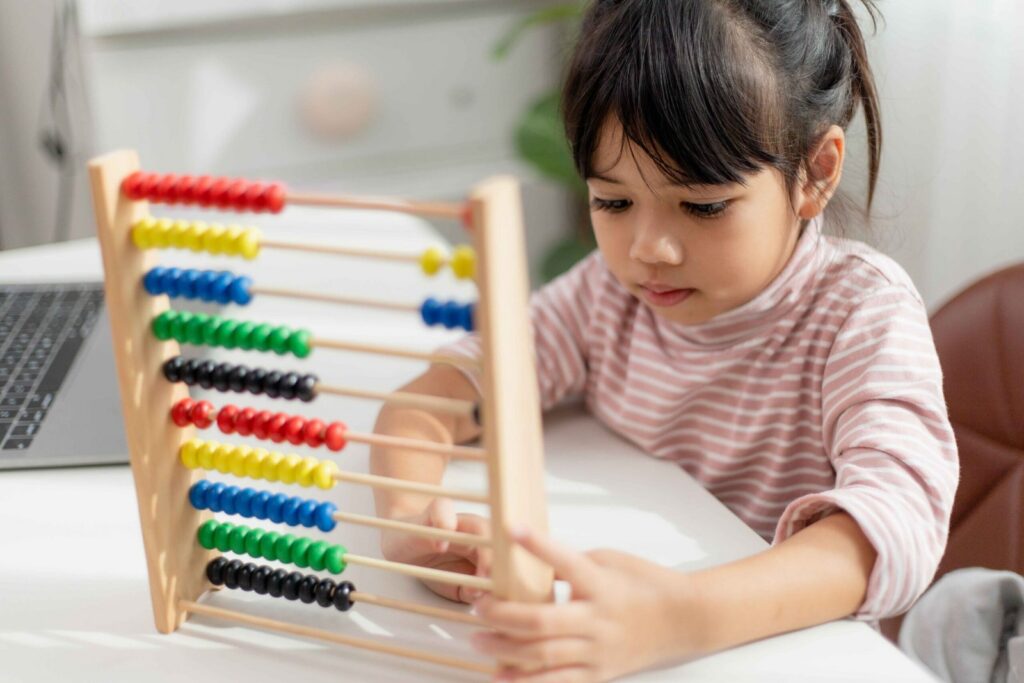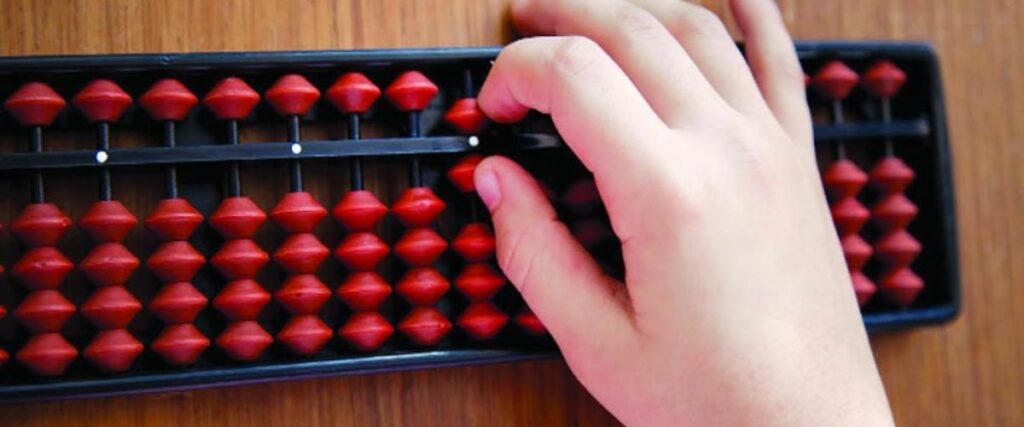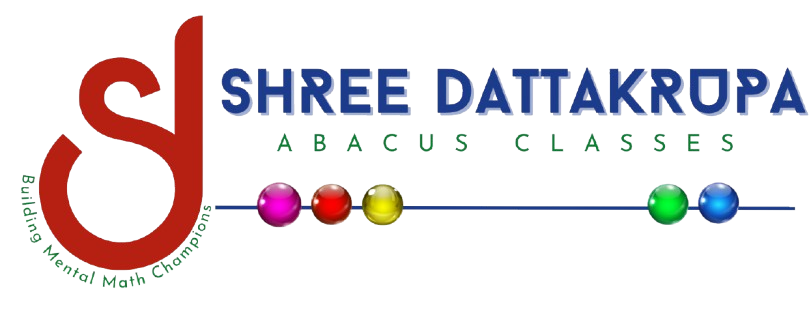In the bustling city of Nashik, where ancient traditions seamlessly blend with modern innovations, Shreedattakrupa Abacus Classes stands as a beacon of mathematical excellence. While we pride ourselves on teaching the time-honored art of calculation, many might wonder: what place does this ancient tool have in our digital age? The answer might surprise you. The humble abacus, far from being obsolete, shares a profound connection with modern technology, making it more relevant than ever in today’s fast-paced world.
https://zensta.in/shreedattakrupaabacusclasses/
The Abacus: A Timeless Calculator
Before we delve into the connection between abacus and technology, let’s take a moment to appreciate this original device. The abacus, with its simple frame and sliding beads, has been a faithful companion to mathematicians, merchants, and students for thousands of years. Its elegance lies in its simplicity – a physical representation of numbers that allows for quick calculations without the need for paper or complex devices.

At Shreedattakrupa Classes, we’ve seen firsthand how this ancient tool continues to engaging and educate young minds. The actual nature of the abacus engages multiple senses, making learning mathematics an immersive experience. But how does this relate to the world of computers and smartphones?
The Binary Connection
At its core, operates on a principle that forms the foundation of all modern computing: the binary system. Each bead on an represents a value, either counted or not counted. This on-off, yes-no system is strikingly similar to the binary code used in computers, where information is processed using only two states: 0 and 1.
When a student at Shreedattakrupa Classes moves beads on their , they are, in essence, performing the same type of operations that occur within a computer’s processor. This fundamental similarity underscores the role as a precursor to modern computing devices.
Enhancing Mental Computation
In an age where calculators are worldwide, one might question the need for mental math skills. However, the cognitive benefits of abacus training extend far beyond mere calculation speed. Regular practice with an enhances:
- Spatial reasoning: Manipulating beads in space improves visual-spatial skills, crucial for fields like engineering and computer graphics.
- \Working memory: Holding numbers in mind while performing calculations strengthens working memory, a key component in programming and problem-solving.
- Concentration: The focused nature of abacus work builds attention skills, essential in our distraction-filled digital world.
These cognitive enhancements directly translate to improved performance in technology-related fields

Algorithmic Thinking
Another surprising connection between abacus and technology lies in the realm of algorithms. An algorithm is simply a step-by-step procedure for solving a problem or accomplishing a task. When using an , students internalize efficient algorithms for addition, subtraction, multiplication, and division.
This algorithmic thinking is the cornerstone of computer programming. The logical, step-by-step approach used in calculations mirrors the process of writing code. By mastering abacus techniques, students are unknowingly preparing themselves for the world of programming and software development.
The Speed Factor
In our fast-paced digital age, processing speed is most important. While it might seem illogical, skilled users can often perform calculations faster than someone using a calculator, especially for operations involving addition and subtraction.
This speed comes from the abacus user’s ability to visualize and manipulate numbers mentally, a skill honed through consistent practice. In the tech world, this translates to quick mental estimations and rapid problem-solving – invaluable skills for anyone working with data or complex systems.

Bridging the Digital Divide
At Shreedattakrupa Classes, we believe in the power of blending traditional methods with modern technology. Our approach incorporates:
- Digital simulations: Students can practice on virtual , bridging the gap between physical and digital learning.
- Online competitions: We organize virtual competitions, allowing students to showcase their skills on a global platform.
By embracing both the ancient wisdom and the possibilities of modern technology.
The Mindfulness Connection
In our increasingly digital world, the practice of mindfulness has gained significant attention. Interestingly, training shares many similarities with mindfulness practices. The focused attention required for calculations, the rhythmic movement of beads, and the present-moment awareness all contribute to a state of flow that closely resembles meditation.
This mindfulness aspect training is particularly relevant in the tech industry, where burnout and stress are common issues. By cultivating a mindful approach to problem-solving through practice, individuals can develop resilience and maintain focus in high-pressure tech environments.

Looking to the Future
As we look to the future at Shreedattakrupa Classes, we see endless possibilities for integrating training with emerging technologies:
- Augmented Reality (AR) abacus: Imagine an AR app that overlays digital information onto a physical creating an interactive learning experience.
- AI-powered personalized learning: Artificial Intelligence could analyze a student’s techniques and provide tailored exercises to improve their skills.
- Blockchain for skill verification: We could use blockchain technology to create tamper-proof records of students’ abacus, providing verifiable proof of their mathematical prowess.
https://zensta.in/shreedattakrupaabacusclasses/
Conclusion
The connection between the ancient abacus and modern technology is not just surprising – it’s a testament to the enduring power of fundamental mathematical principles. At Shreedattakrupa Classes in Nashik, we’re proud to be at the forefront of this intersection between tradition and innovation.
By mastering our students are not just learning an ancient art; they’re preparing themselves for the digital future. They develop cognitive skills, algorithmic thinking, and mental agility that will serve them well in any technological field they choose to pursue.
As we continue to navigate the ever-evolving landscape of technology, let us not forget the wisdom embedded in tools like the abacus. For in its simple beads and frame lies the seed of all modern computation – a reminder that sometimes, the key to future innovation lies in understanding our past.
Join us at Shreedattakrupa Classes, where we’re not just teaching mathematics; we’re nurturing the tech innovators of tomorrow, one bead at a time.
